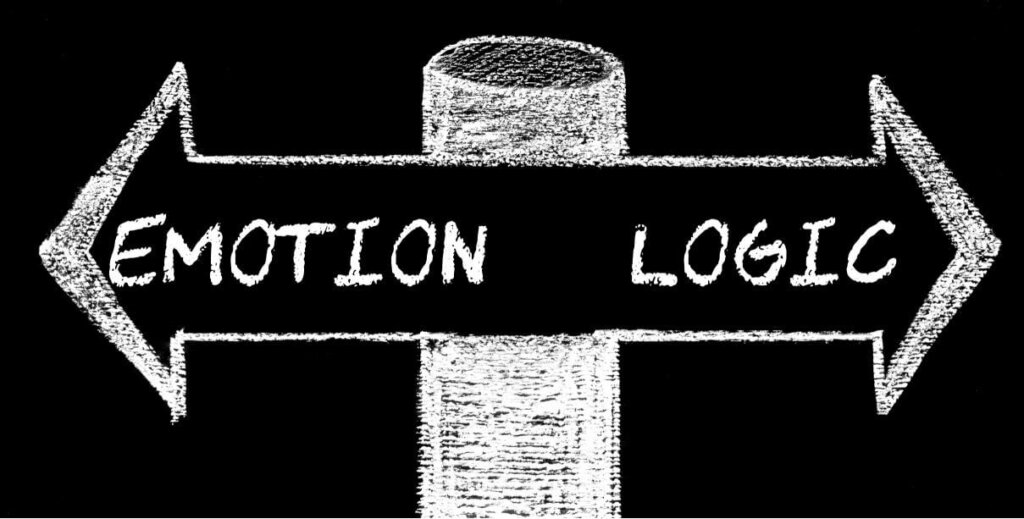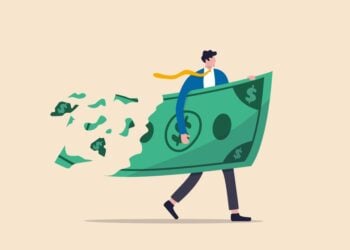With a margin of 77,000 votes in three states – Pennsylvania, Michigan and Wisconsin – and with almost 3 million fewer votes than his opponent, a man, who many think is congenitally and experientially unsuited to become the leader of the free world, was elected president of the United States. Bless those whose conscience caused them to vote “independent” in those three states thereby giving us all the opportunity to learn trial practice lessons from a master illusionist.
As a trial lawyer, there are lessons to be learned from observing how Trump manipulated the media and his opponents and how he managed to persuade enough voters to vote for the illusion that he was competent and capable of leading the United States. Trump’s use of themes, messaging and language – both verbal and body – resonated with enough people in this country to get him elected president. Translating that into practice let’s call them, “The Trump Trial Tactics.”
TRUMP TRIAL TACTIC NUMBER ONE: KEEP YOUR PRESENTATION BRIEF
The first Trump trial tactic is to have an understanding of how jurors receive and process information. If you don’t have an appreciation as to how people receive information then you will be unable to create a theme that resonates with the jury. Trump understood better than his opponents how modern day Americans receive and process information. The old days of reading newspapers and gathering information from knowledgeable sources has passed. An electorate, and by extension, a jury pool, that garners news through 140 character tweets or questionably accurate Facebook postings is today’s norm. Trump understood that information is disseminated in short bursts without any meaningful explanation or depth. As a trial lawyer, you need to understand that people are accustomed to receiving information in that fashion. If you keep your presentation brief, it will be effective and appreciated by the jury and, I might add, by the judge.
TRUMP TRIAL TACTIC NUMBER 2: APPEALING THEMES & SUFFICIENT ENTERTAINMENT
The second Trump trial tactic is to have an appreciation for not only how information is disseminated, but how it is processed by the masses. Perhaps the most effective person in motivating a massive amount of people to act in an extreme fashion was the author of this quote:
The receptivity of the great masses is very limited, their intelligence is small, but their power of forgetting is enormous. In consequence of these facts, all effective propaganda must be limited to a very few points and must harp on these slogans until the last member of the public understands what you want him to understand by your slogan.
Anyone familiar with “Mein Kampf” will recognize that quote from Chapter 6, “On the Use of Propaganda.” Trump, more so than his opponents, appreciated that making a few simple points and repeating them frequently was more effective in persuading people than providing a detailed analysis. People are accustomed to and are motivated by fancy, rhetorical flourishes like “Build that wall” and “Lock her up.” Hitler and Trump fully understood the importance of simple, easy to understand themes and the power of repetition. A simple theme repeated often enough is often more powerful than a detailed explication of complicated facts.
Support for this practice is found in the groundbreaking work of two famous behavioral economists Daniel Kahneman and Amos Tversky. They spent their careers investigating and documenting how people process information. It resulted, after Tversky’s death, in Kahneman receiving the Nobel Prize in economics. Their monumental work revealed a number of illuminating facts that warrant the consideration of every trial lawyer.
Kahneman and Tversky found that people have two systems for processing information. They were aptly named System 1 and System 2. System 1 operated automatically and quickly, with little or no effort and no sense of voluntary control. System 2 allocated attention to the effortful mental activities that demand it, including complex computations. A shorthand way of thinking about the two systems is that System 1 is your intuitive or heuristic response to information and System 2 is the more analytical approach to processing information.
Kahneman and Tversky concluded that more often than not people use System 1 to process information and to make decisions. More importantly, their studies revealed that using intuitive System 1 led, far more often than we appreciate, to bad decision making. Relying on System 1 leads decision makers, like jurors, to flawed and inaccurate conclusions. Their studies and the rationale for their conclusions can be found in the book, “Thinking Fast and Slow,” by Daniel Kahneman.
Kahneman discovered that when people rely almost entirely on System 1 to process information they are more susceptible to coming to a conclusion that is different than the one they would come to if they actually thought about what they were deciding. Kahneman also discovered that many people never used their System 2 to process information or to act as a check on their intuitive System 1. He referred to it as a lazy System 2. Relying more commonly on System 1 occurred when decision makers were tired, hungry or pressed for time. The more tired, hungry or impatient the listener the more likely he was to rely on System 1. If you’re a trial lawyer, you understand how easy it is for jurors to become tired, hungry or impatient while sitting through a six or seven hour trial day.
Trump’s message and his appeal to the electorate was focused almost entirely on a voter’s use of System 1 to process information. Trump’s message had incomplete and misleading facts that were incapable of supporting the arguments and slogans that he was using to solicit votes. This is not to suggest that you, as a trial lawyer, should try to mislead the jury with incomplete or misleading facts. What I am suggesting is that you need to be mindful of how easy it is for a jury to be misled or confused if they are relying almost entirely on System 1 to process information. As importantly, if your case depends on a careful or analytical approach to the facts, it is essential that your theme and your message appeals to the jurors’ System 2 analytical approach.
The Clinton-Trump campaign was a classic example of Clinton appealing to System 2 with facts and detailed policy arguments and Trump appealing to System 1 with simple themes and repetitive slogans. The Trump victory compellingly demonstrates that the power of emotion, intuition and repetition is capable of overcoming a rational presentation of the facts.
TRUMP TRIAL TACTIC NUMBER 3: DEMONSTRATING CONFIDENCE
Trump Trial Tactic Number 3 relates to style and presentation techniques and how they would resonate with jurors who are more inclined to be swayed by intuition than analysis. Trump rarely, if ever, complimented his adversary during the election campaign. Trump also demonstrated a swagger, which to those inclined to support him, was viewed as confidence as opposed to braggadocio. In front of a jury, confidence is demonstrated by three things: mastery of the facts of your case, never acknowledging that your opponent has made a good point and never conceding any doubt.
Before a jury there are a number of ways to manifest your confidence. The simplest and most effective is to know the case so well that there is never a need to use a note in either jury selection or opening statements. Trump had zero grasp of the facts, never studied up for debates and disdained reading complicated summaries. Why did he appear so confident and trustworthy to his supporters? Simple. Unencumbered by facts or notes, he was able to appear to be genuine and sincere. Talking off the top of his head without resorting to notes led people to believe that he must have known what he was talking about. An opening statement without notes might not read as well in the post-trial transcript and you might miss a few minor points but you will appear far more genuine, knowledgeable and confident in your case than a lawyer who has to read something.
Want to instill confidence during jury selection? If you’re in state court and you actually get to question jurors, do so without taking notes. Have your colleague at counsel table take the notes. Afraid of forgetting the prospective jurors’ names? Forget about it. If you’re a trial lawyer you can memorize 8-10 names during the 45 minutes that the “so-called” judge spends doing her general questioning. Want to look more like Donald Trump and less like a census taker? Put down the yellow pad when you’re questioning the jury.
The final aspect of the third trial tactic relates to how you react to your opponent in the courtroom and whether you concede any weaknesses in your case. Each time you reference your opponent by name or by approving anything she says, you are enhancing the credibility of your opponent. You should be delivering your message not responding to your opponent’s message. Every accolade that you bestow on your opponent or even mentioning something that she says makes her and her statements the focus of what you are about to say. Avoid this at all costs.
This issue also ties neatly into the question of how you should handle the “bad” facts in your case. The traditional view is that you should get your bad facts on the table before your opponent brings them out. Trump Trial Tactic Number 3 takes a different approach. If your theme and message are the right ones, there are no bad facts that you need to explain. There is considerable support in psychological studies that suggests that if a lawyer is raising “bad” facts about her own case that they must be far worse than she is letting on. Human nature, being what it is, means that if I am telling you something bad about myself it probably is even worse than what I’m letting on.
I’ve stopped at the three most important Trump Trial Tactics that, if utilized, will have remarkable beneficial effects on your ability to prevail against a smarter foe with better facts and the law on her side. Joe Anthony







